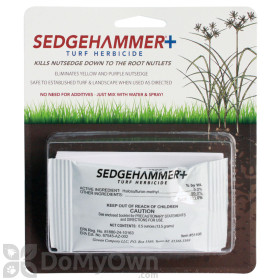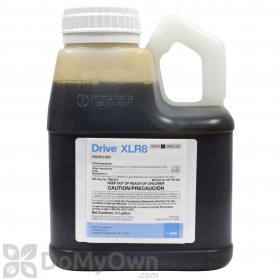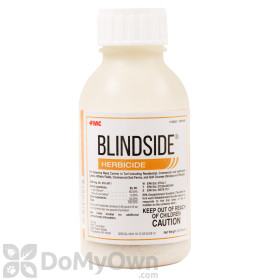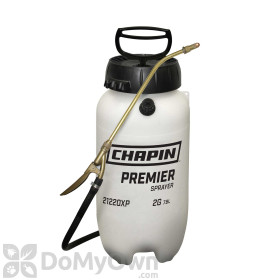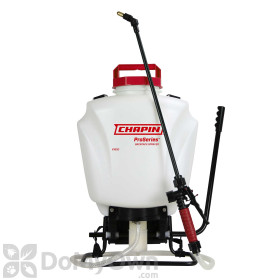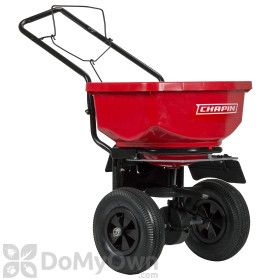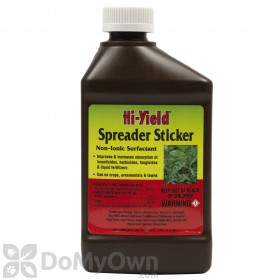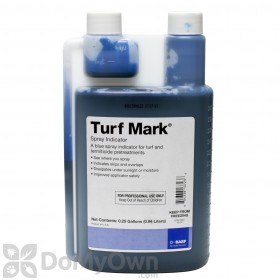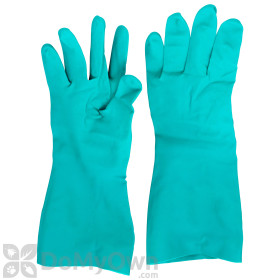
Weeds can quickly turn a beautiful lawn into an eyesore and can signal an unhealthy lawn. Pre-emergent herbicides are commonly used to prevent weeds from sprouting, but many people forget this step or miss spots in their lawn when applying.
If weeds do appear in your lawn, post-emergent herbicides can help. Continue reading to learn the 4 things you need to know about post-emergents, including:
What Are Post-Emergent Herbicides?
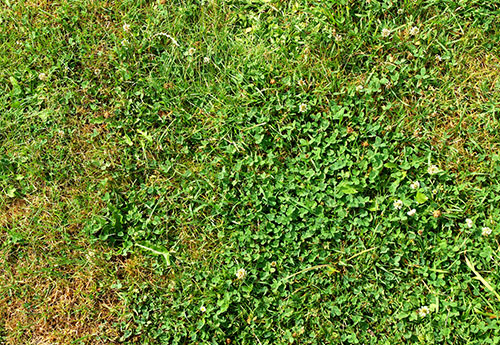
Post-emergent herbicides are products used to control weeds and other non-desirable vegetation that have grown above ground. If you were too late to apply a pre-emergent herbicide treatment, missed a spot in your yard, or it's been a while since you have treated your property for weeds, post-emergent herbicides, also known as weed killers, can help kill ugly and nuisance weeds (and weeds not controlled by pre-emergents) in the lawn. Nutsedge, clover, spurge, and crabgrass are just some of the many weeds post-emergent herbicides can target.
Which Post-Emergent Treatment is Best for My Lawn?
There are several varieties of post-emergent herbicides, but a few key differences will determine the most-effective treatment for your lawn. Know these post-emergent types before choosing your product.
Pro Tip
Before you chose a post-emergent herbicide, you must know what weeds you are trying to control and what type of grass you have. Weed killers may be labeled for use on certain types of weeds only and may not work on weeds they are not labeled for. Likewise, products may be labeled for use on certain grass types and not others. Using a weed killer on a grass type that it is not labeled for may result in damage to your lawn.
Selective vs. Non-Selective
Selective post-emergent herbicides will only kill or damage the specific weeds they are labeled for. This is helpful in case you over-spray and get the herbicide on grass, flowers, and other plants you do not want to kill.
Some weed killers are labeled to kill a certain type of grass, as that grass type will be seen as a nuisance in a yard of a different grass type. Make sure your turf type will not be damaged with your post-emergent by reading the product label.
Non-selective post-emergent herbicides will kill almost anything they are sprayed on. These post-emergents can control weeds in as little as one application, but will also damage or kill anything else they may be sprayed on, like the turf surrounding the weed or nearby shrubs.
Non-selective herbicides are a smart choice if you need to clear out a large area of unwanted vegetation in poorly landscaped areas, or plan to later reseed or replant desirable turf or plants. They are also handy along and in the cracks found in sidewalks, driveways, and near fences.
Pro Tip
Dedicate a sprayer to non-selective herbicides only. That way, if you are not able to fully clean your sprayer, you do not have to worry about cross-contamination or accidentally killing desirable plants when applying another product.
After choosing either a selective or non-selective post-emergent herbicide, determine how the product will work on the plant by learning if the mode of action is systemic or contact.
Systemic vs. Contact
Systemic post-emergents are absorbed into the weeds, then destroy the weed from the inside, roots to leaves. Systemic post-emergents can kill both the weed and the root, which will help prevent the weed from growing again. It can take several days for systemic herbicides to work, so you may not see results for up to a week after application. Most selective herbicides are also systemic.
Contact post-emergents target the leaves of the weeds, damaging leaves to the point where the plant can no longer photosynthesize and receive nourishment. Weeds will then die due to a lack of photosynthesis. Contact post-emergents tend to work faster than systemic post-emergents but may not destroy the weed roots, leaving a chance the weed may reappear in the yard again.
Knowing if your post-emergent herbicide is selective or non-selective, systemic or contact, will give you better expectations for how the product will work, where to apply, and how many applications will be needed.
Products needed for 2
When to Apply Post-Emergent Herbicides
Post-emergent herbicides work best in the late spring, when emerging weeds are small and actively growing. It is much easier to kill small weeds, and actively growing weeds are more likely to take the herbicide and move it through the entire weed, even down to its roots.
Post-emergent herbicides can be used during the summer but it may take several applications to fully control the weeds you are targeting. They will also work in the fall when weeds are preparing for winter.
On the day you consider applying your post-emergent herbicide, consider the following:
- Apply post-emergent herbicides when temperatures are below 85 degrees F. The product can burn or damage your lawn when temperatures are too high.
- Wait until the soil temperature is above 55 degrees to apply post-emergents. The herbicide will not be effective if the ground is frozen, even on winter weeds like chickweed and henbit. Weeds must be actively growing for the weed killer to be effective.
- Do not mow your lawn up to 3 days before your post-emergent application or for 3 days after your application. This will let weeds grow slightly so the product can absorb well into the plant.
- If possible, apply in the morning when plants can metabolize the post-emergent better.
- Weeds under stress are less likely to absorb post-emergent herbicides. If you are experiencing drought or disease in your lawn, consider waiting until your lawn (and the weeds) have recovered before applying.
- Check the weather forecast. Some post-emergent herbicides will need to be watered-in after application. If rain is predicted within 24 hours of your application, the rain can water-in the product. If rain is not predicted, water your lawn according to the instructions on the product label. Other products should be allowed to dry after application and should not be applied if rain is in the forecast. Read the product label for watering instructions.
How to Apply Post-Emergent Herbicides
Once you have determined what type of post-emergent herbicide you will be using, you can apply in the following ways.
Spot Treatments
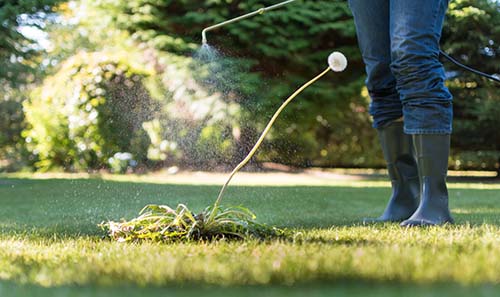
Spot treatments focus on the weeds themselves and not surrounding grass and non-weed areas.
Mix the post-emergent herbicide with water in a hand pump or backpack sprayer according the directions on the label. When using a non-selective post-emergent herbicide, remember to spray only the weeds themselves as the herbicide will damage any plant it touches, be it a weed or not.
Pro Tip
Some liquid post-emergent herbicides will require the use of a surfactant. Surfactants are chemicals that when mixed with your herbicide will help the herbicide stick better to the plant, increasing the rate of absorption. Read the label of your herbicide to determine if a surfactant is needed. Some herbicides already have a built-in surfactant, eliminating the need for an additional product. Shop our surfactant selection here.
Blanket Treatments

If the majority of your property is covered in weeds, a blanked treatment may be necessary. Mix your liquid post-emergent herbicide with water or use a granular spreader to apply your granular herbicide. Many granular post-emergent herbicides include fertilizers, known as "Weed and Feed", to help nourish grass while targeting weeds.
Walk back and forth, evenly applying the weed killer across the lawn. Sweep any granules that land on driveways or sidewalks back into the lawn.
Pro Tip
Adding a spray indicator dye to your liquid weed killer spray will help you see where you have sprayed. The dye usually remains visible for only a few days. This can help you make even applications and avoid missing any areas.
With both spot and blanket post-emergent herbicide applications, keep pets and children out of the yard until the application is dry. Be sure to wear personal protective equipment (PPE) including long sleeves, pants, closed-toe shoes, and gloves as needed.
For more detailed instructions and recommendations on how to apply liquid and granular post-emergent herbicides, read our guide here.
Products needed for 4
Post-emergent herbicides are a smart way to control any unexpected weeds that pop up in your yard. Shop our full selection of post-emergent herbicides here.
Want to prevent weeds for growing in your lawn? Check out our pre-emergent herbicides and our DoMyOwn Turf Box Subscription Program.
If you have any questions about selecting the best herbicide for your lawn, give our expert customer service team a call at 866-581-7378 or email [email protected].




